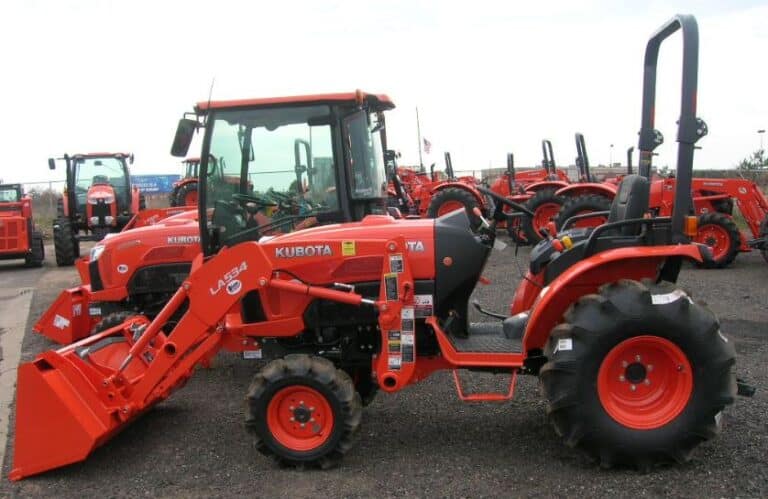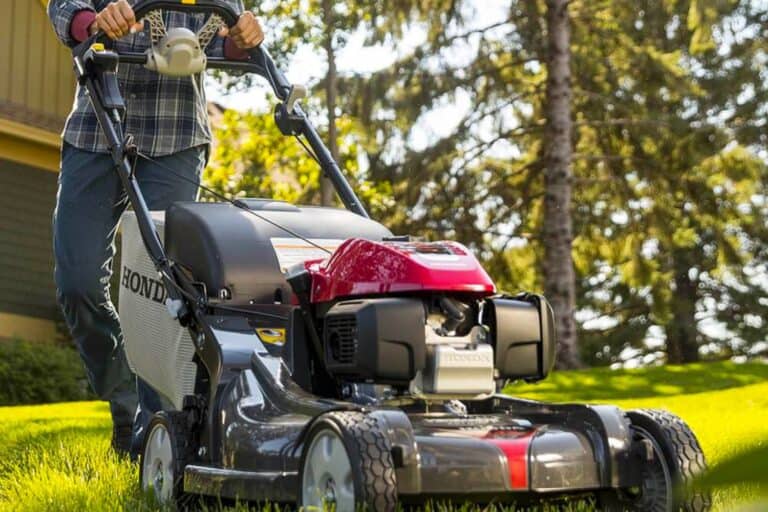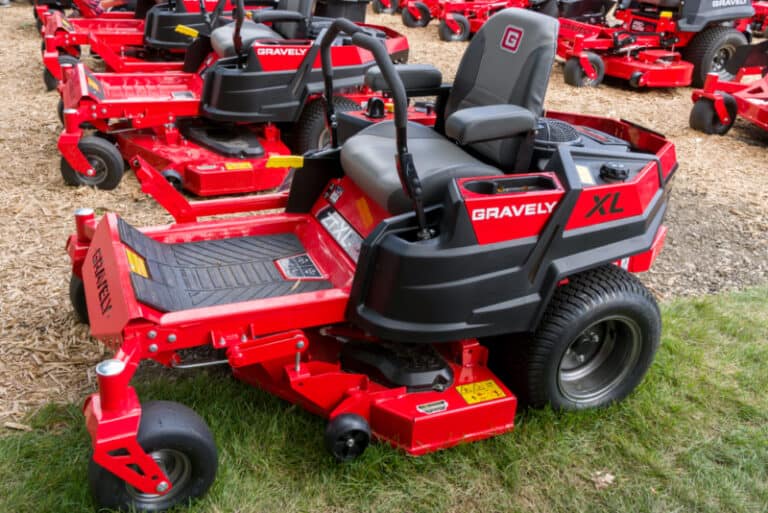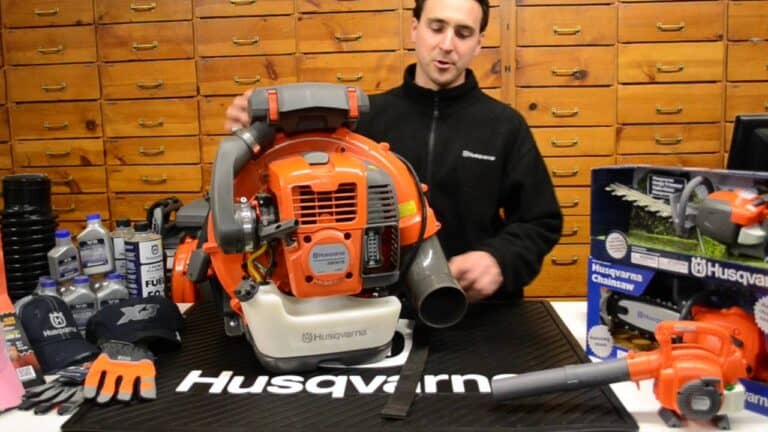Problems Associated with John Deere z445 Mower

You have found the proper spot if you seek information on John Deere Z445 Issues and Possible Solutions. Let’s have a discussion about what’s causing the John Deere Z445 issues and how to fix them. It may be challenging to find comprehensive information online.
Consequently, it is best if you refrain from using unnecessary effort. Therefore, we have collected all available data on John Deere Z445 Issues to save you time in your research.
Let’s go right into the meat of the discussion. Here are 7 Problems Associated with John Deere z445 Mower:
1. Transmission Problem
Transmission hydraulic pumps transform electrical energy into mechanical energy for the zero-turn mower. Nonetheless, the examination of customer feedback reveals that most people are experiencing difficulties with their hydraulic transfer. This is possible in the event of leaks or broken fixtures.
Before firing up your mower after a lengthy hiatus, it is best to inspect the transmission’s oil pressure and all of its components. The pipes on your mower might become clogged with air if it stays idle for a long time. Because of this, you must use the mower’s purge feature to release any trapped air.
It’s not uncommon to have issues with your transmission, including:
- Hydraulic pump oil has changed consistency.
- Erratic motion of the driving axle during transmission operation
- Temp fluctuations that affect oil’s viscosity
- A ruptured line leading from the engine to the hydraulic system
Assessing the Transmission Issues
- Mowers lose their ability to move because air has built up in the pipes, which occurs if they aren’t used for a while. Purging the mower to remove air is described in the instructions.
- Keeping an eye on the oil level will allow you to top it up as necessary.
- Transmission and distribution leaks or breakdowns might be found in the interconnections, so check them out.
- Oil in hydraulic systems should be changed regularly.
2. Steering Problems
The mowers’ steering issues are a significant cause for worry. Let’s say you’re having trouble steering or navigating the tractor. If the steering T-handle isn’t working correctly, you should examine the hydraulic system and engine fluid.
Several typical issues with the steering system and its solutions are detailed below.
One of the steering arms commonly stops working while the other continues to operate regularly. And occasionally, both arms cease using exactly as they should. If you are experiencing such an issue with a John Deere Z445, you may need to inspect the wiring connecting the engine to the movable arms.
In addition, you need to check the control rod to see whether it is still linked to the motor. You may do this by looking at the rod and asking yourself, “is it still attached?”
There may be problems with motion control in which one arm dominates the other. For instance, if your John Deere Z445’s right arm feels stiffer than the left, it indicates a problem with the proper touch controls.
When the John Deere Z445 is being driven with both arms fully extended, the suitable gesture control model generally wins out, and the vehicle moves to the right. If you want to fix this, look for the bolt that controls speed and motion near the bottom of the lever system.
Double-check the steering motion arms and gearbox to ensure they’re properly connected.
3. Engine Problems
The engine of a John Deere Z445 is intricate, consisting of several moving elements that coordinate to propel the tractor forward. It’s a gas-powered motor, and you can choose how many hours you want to put into it when purchasing the car.
Depending on the model, a John Deere Z445 with a 25 HP Kawasaki engine may have 70 hours of use or 100.
When it comes to the engine of a John Deere Z445, the following are some of the most frequently encountered issues:
- John Deere 1025R engine trouble is an example of a functional ignition system not allowing the engine to start.
- The John Deere Z445 tractor may induce bouncing, making it difficult to stop the automobile in time. This often occurs when the engine malfunctions and loses its ability to power the hydraulic pump reliably.
- Blocking the gas cap vent prevents exhaust from escaping the car, which is detrimental to the engine’s performance.
- In the presence of burned gasoline and a coat, which clings to the fuel injectors in the engine, ignition issues may arise, making it impossible to start the vehicle.
Since the John Deere Z445 engine unit is among the most intricate ones available on the market, it is often preferable to get assistance from a trained specialist when dealing with engine difficulties. There is a slim probability that refueling or swapping the air or oil filter may fix the problem.
For this reason, it’s best to seek expert assistance if you have engine issues rather than take any chances.
4. Brake Problems
The brakes on a John Deere Z445 tractor are actuated by a lever, not pedals, making it easier to use in the yard or on the field. After you release the lever, the gearbox will no longer transmit energy to the wheels. Because of the tractor’s forward velocity, you’ll be able to halt it a few meters in advance.
There have been several complaints about the difficulty of parking tractors and the ease with which the levers get stuck.
When oil, soot, or rust accumulates on the levers, it may make them difficult to move, which is a significant concern. That’s why you should learn as soon as possible how to diagnose and fix brake issues on a John Deere Z445. Regular application of lubricating oil will keep the levers from sticking. The lubrication oil should have the right viscosity, neither too dense nor too sparse.
With a brush and some rag, clean the area around the lever if dust and corrosion have begun to accumulate there. This will make it much simpler for you to use the lever.
If you push the levers on a John Deere Z445 and it still doesn’t park, there is likely an issue with the braking system. It is recommended to contact a specialist in such a situation.
5. Fuel Problem
The lawnmower may not turn over if the gasoline supply is cut off. The engine won’t turn over if it doesn’t get electricity; without fuel, it can’t operate. There may be debris in the fuel filter, causing the issue.
The gasoline filter can be blocked, so be sure you check it. Remove anything that may be trapped and clean the area.
6. Mower Smoking Issue
Common causes of mower smoke include faulty oil seals and pistons. Also indicative of this is a crankshaft that has developed cracks. Taking it to a repair shop is your only option. As soon as they get to the bottom of the issue, the automobile will finally cease smoking.
7. Muffler Issue
This variant has a muffler that is situated too low to the ground. As a result, the machine may start mowing the grass and setting fire to it at any moment. The main issue is the manufacturing process. Without the company’s assistance, you have little choice but to wait for a solution.
You can also read:






